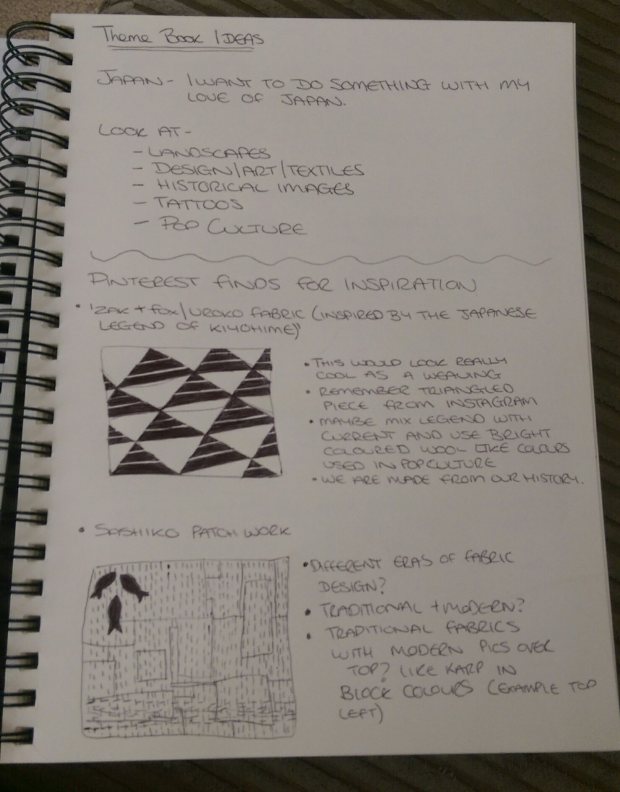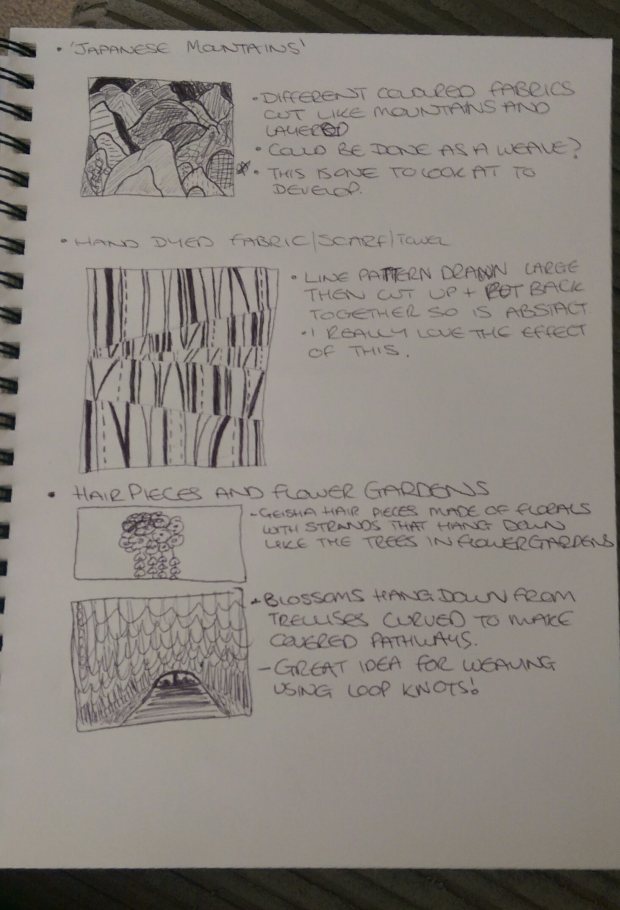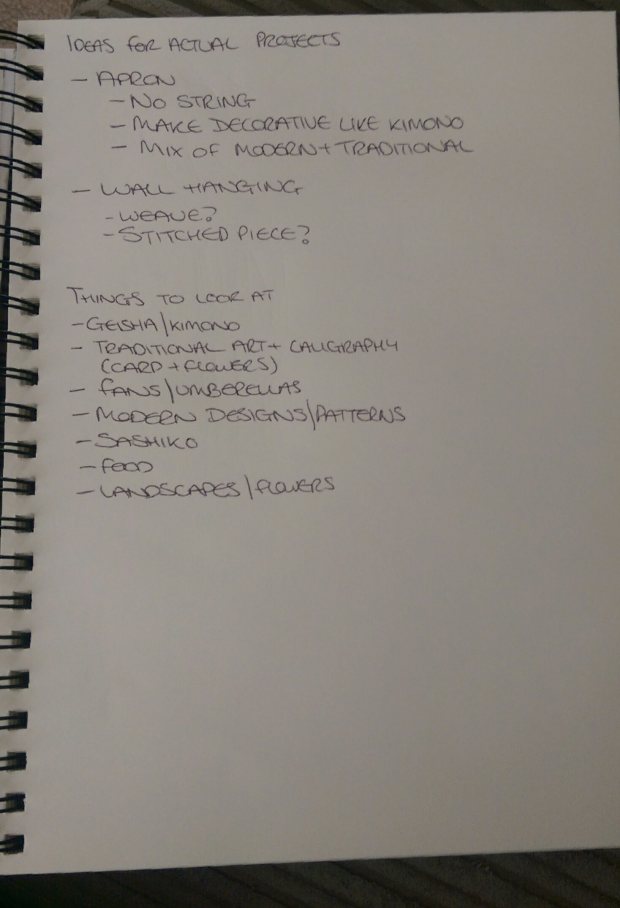As I was looking at Japanese flowers I came across a particular picture that really spoke to me.
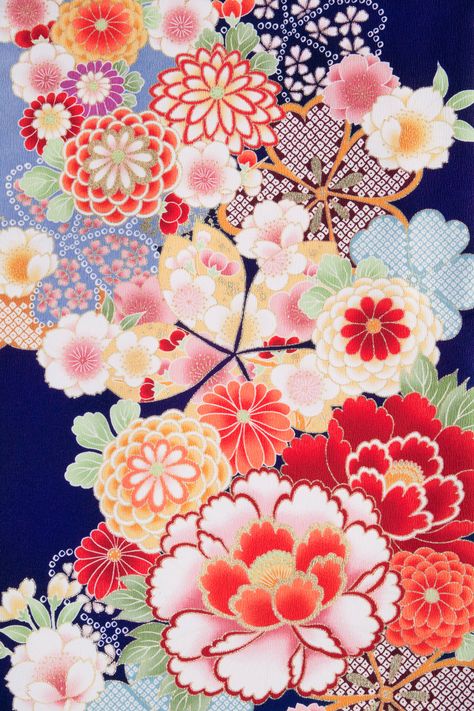
I love everything about this picture, the colours, the shapes, the flowers, how the flower shapes has been taken as a frame for other floral designs (particularly the yellow flower shape in the middle with the blossom flowers inside). This piece is a design for kimono fabric and so I wanted to look at other designs for kimono.
I have always been in love with Kimonos. They fabrics used are always so luxurious and beautiful and delicate and I find the history of Kimono fascinating. Kimono was the standard dress for everyone in Japan up until the Meiji Period (mid 19th Century) when the import of western dresses, suits and general attire was introduced to the country. Although the kimono is not often seen in everyday life, it still hold history for the country and is still used for special occasions like weddings and by entertainers and women who still practice being Geisha. Speaking of Geisha, one interesting fact about Kimono history involves the Obi (the sash that hold the Kimono together) back when being Geisha was a common practice, the obi was a sign for men who frequented tea houses. Traditionally, Geisha are entertainers that serve men (and sometimes their wives) during their meetings and ‘down time’. Geisha were quiet, poised and refined women who were sought after for their ‘virtue’ which would be sold to the highest bidder. but there was also women who’s purpose was to entertain men in a sexual manner (who today would be known as prostitutes) who would dress up in the same lavish kimono. Official Geisha were dressed by their ‘mothers’ and their obi would be tied as a decoration which would be wrapped around at the front and tied at the back, generally with fancy knots and embellishments. Women who sold their bodies on the other hand, their obi’s would be tied simply on the front of the garment. This allowed them to undress and redress as quickly as possible (often without assistance). I always found it fascinating that something as simple as an obi could distinquish between classes and that the way an obi is tied can define someone in stature.
But back to the project at hand. I wanted to look a bit more into floral fabrics and Kimono. Again, because I don’t have a printer I will be uploading my visual aids to this log for reference and use in future.
Kimono – Traditionally made on silk with wood block printing, modern versions have embellishments like embroidery.
Obi – I found that Obi designs can sometimes be just as intricate and beautiful as the fabric used for Kimono.
Before I begin Stage 2 properly I wanted to make a note of my findings and ideas so far to see if I could get an idea of a process or flow and to think of ideas that my research could lead to as a Final Project.
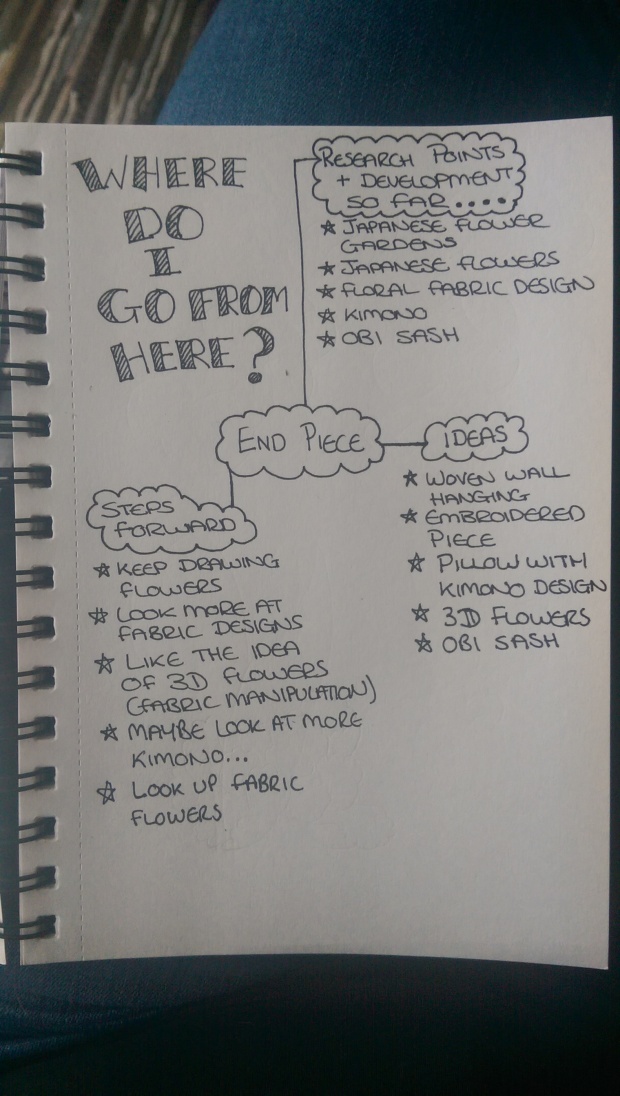











































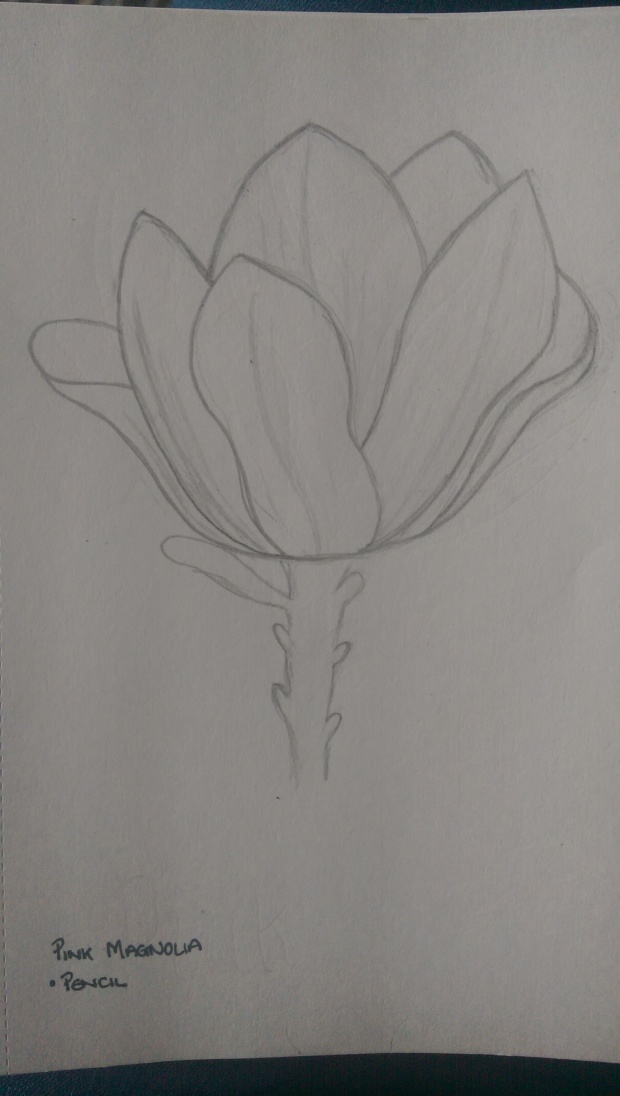
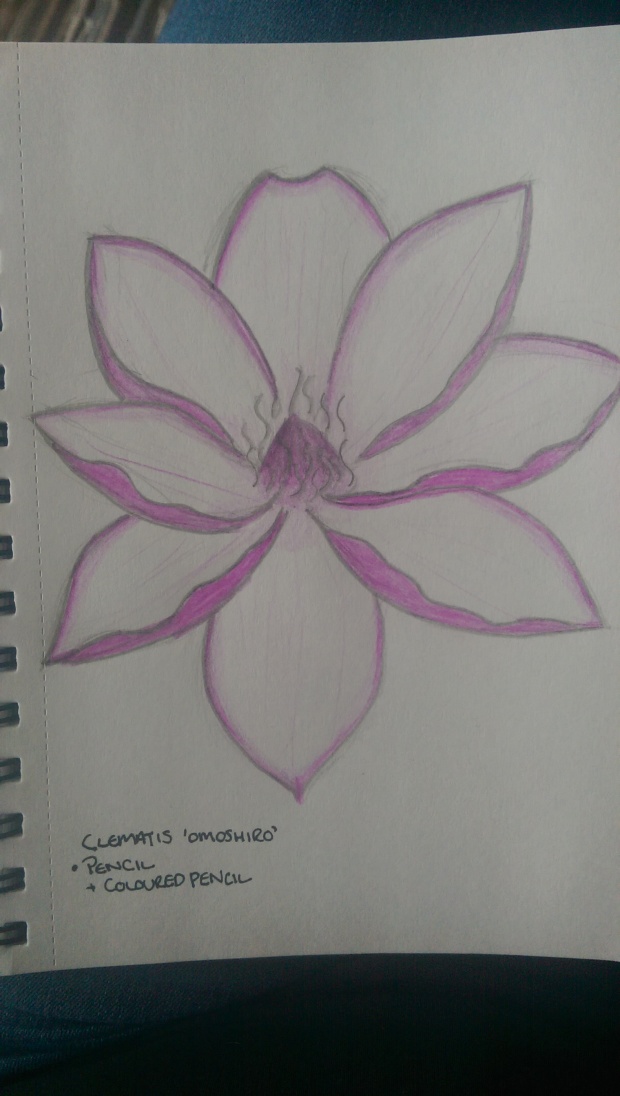
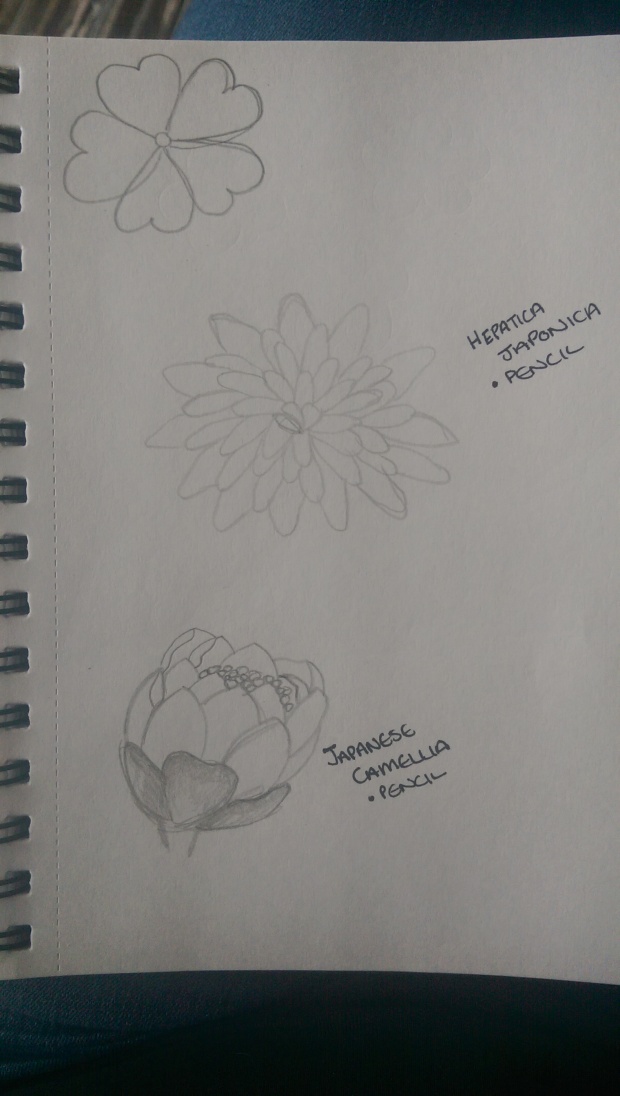
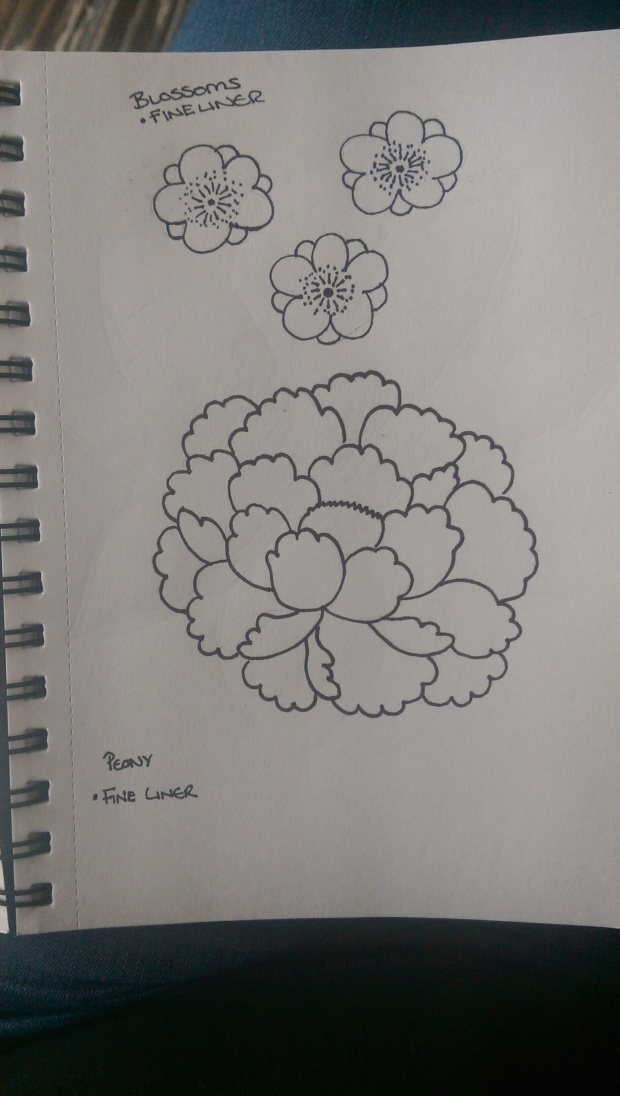
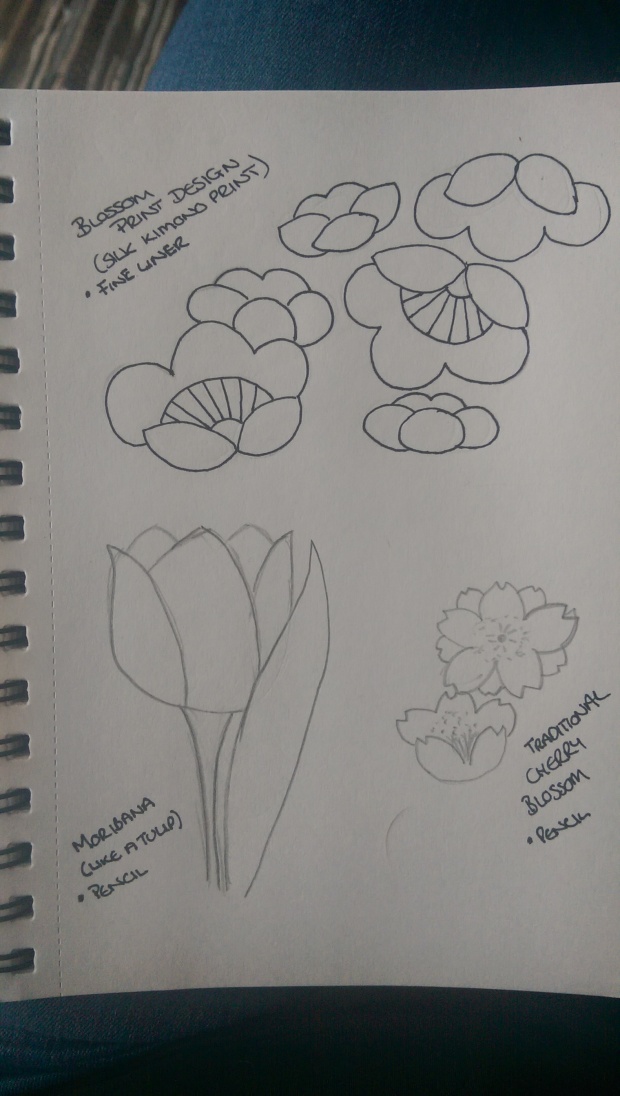
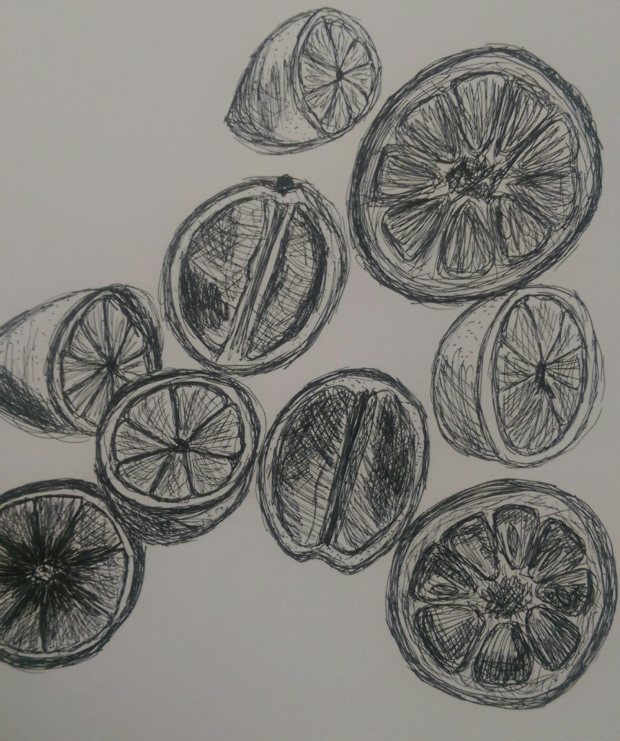
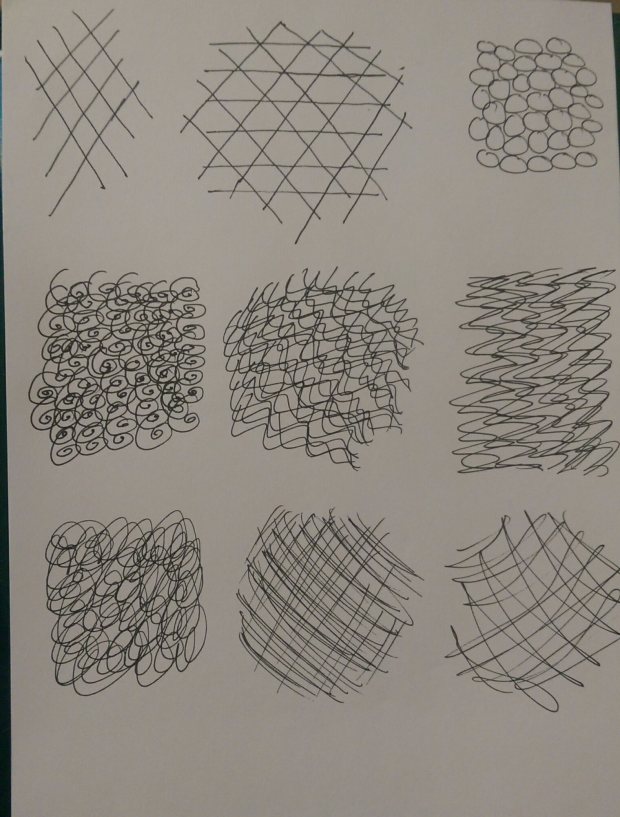
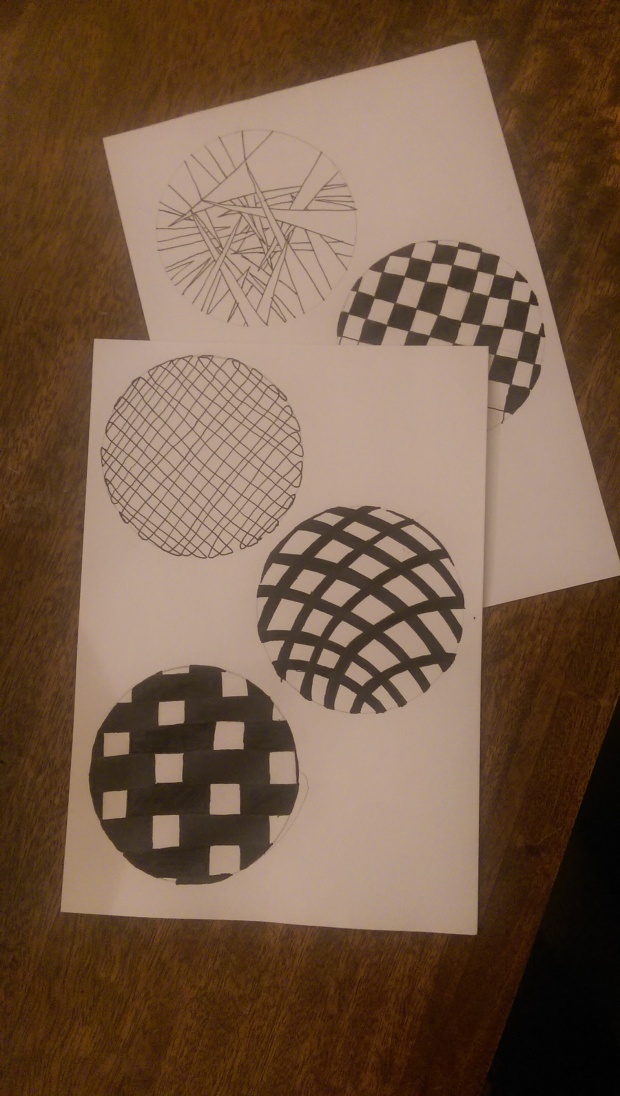





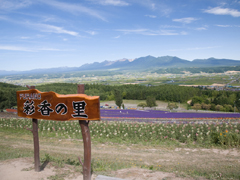
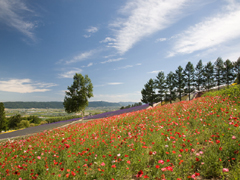
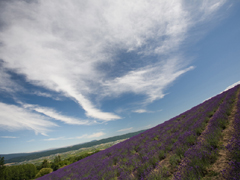
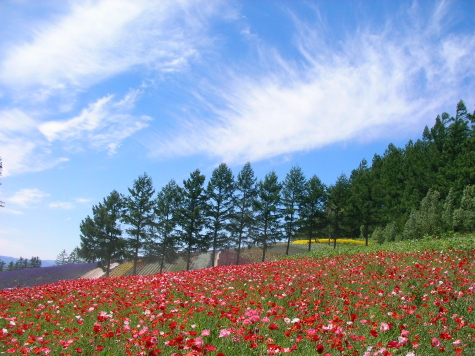
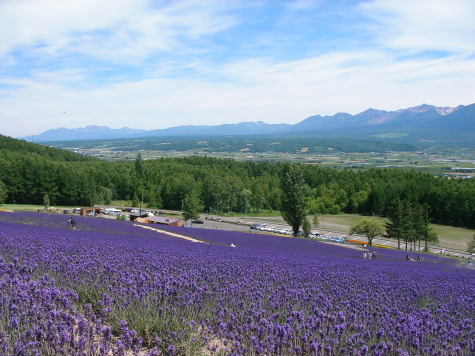
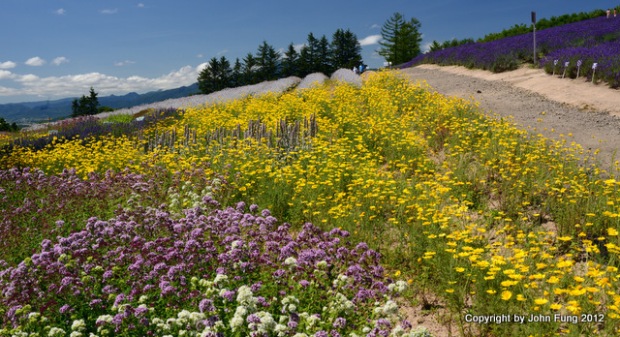
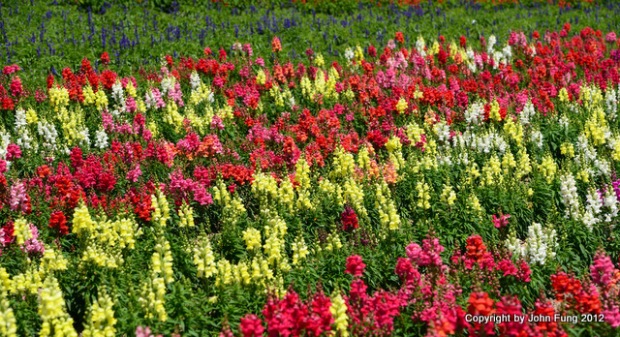
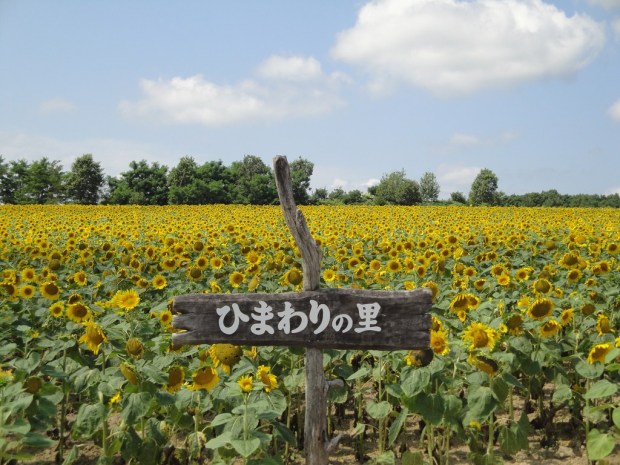
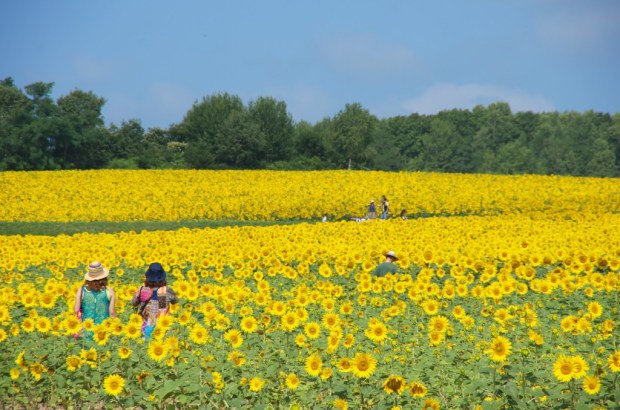

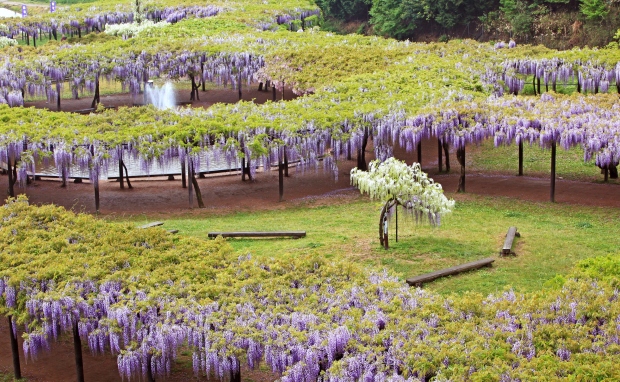
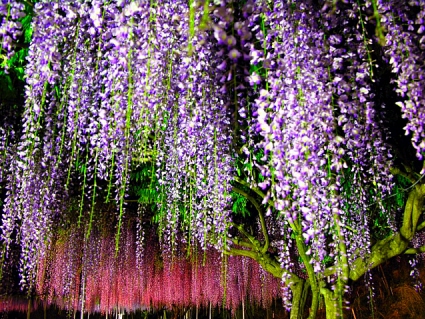
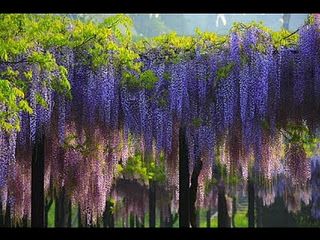
![Kawachi Fujien (Kawachi Wisteria Garden) [Fukuoka Prefecture]](https://theblendstudiocollective.wordpress.com/wp-content/uploads/2016/03/kawachi-fujien-kawachi-wisteria-garden-fukuoka-prefecture.jpg?w=620)
![Kawachi Fujien (Kawachi Wisteria Garden) [Fukuoka Prefecture]2](https://theblendstudiocollective.wordpress.com/wp-content/uploads/2016/03/kawachi-fujien-kawachi-wisteria-garden-fukuoka-prefecture2.jpg?w=620)
![Kawachi Fujien (Kawachi Wisteria Garden) [Fukuoka Prefecture]3](https://theblendstudiocollective.wordpress.com/wp-content/uploads/2016/03/kawachi-fujien-kawachi-wisteria-garden-fukuoka-prefecture3.jpg?w=620)
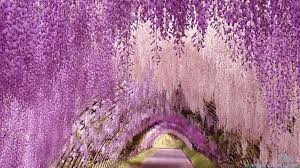
![HItachi Seaside Park [Ibaraki Prefecture]](https://theblendstudiocollective.wordpress.com/wp-content/uploads/2016/03/hitachi-seaside-park-ibaraki-prefecture.jpg?w=620)
![HItachi Seaside Park [Ibaraki Prefecture]2](https://theblendstudiocollective.wordpress.com/wp-content/uploads/2016/03/hitachi-seaside-park-ibaraki-prefecture2.jpg?w=620)
![HItachi Seaside Park [Ibaraki Prefecture]3](https://theblendstudiocollective.wordpress.com/wp-content/uploads/2016/03/hitachi-seaside-park-ibaraki-prefecture3.jpg?w=620)
![HItachi Seaside Park [Ibaraki Prefecture]4](https://theblendstudiocollective.wordpress.com/wp-content/uploads/2016/03/hitachi-seaside-park-ibaraki-prefecture4.jpg?w=620)







